Sometimes a little bit of detective work can help us build a bigger picture of the animals that surround us on our walks. Become an animal tracker with our guide to spotting signs of wildlife in the British countryside.
What to look for
Owl pellets
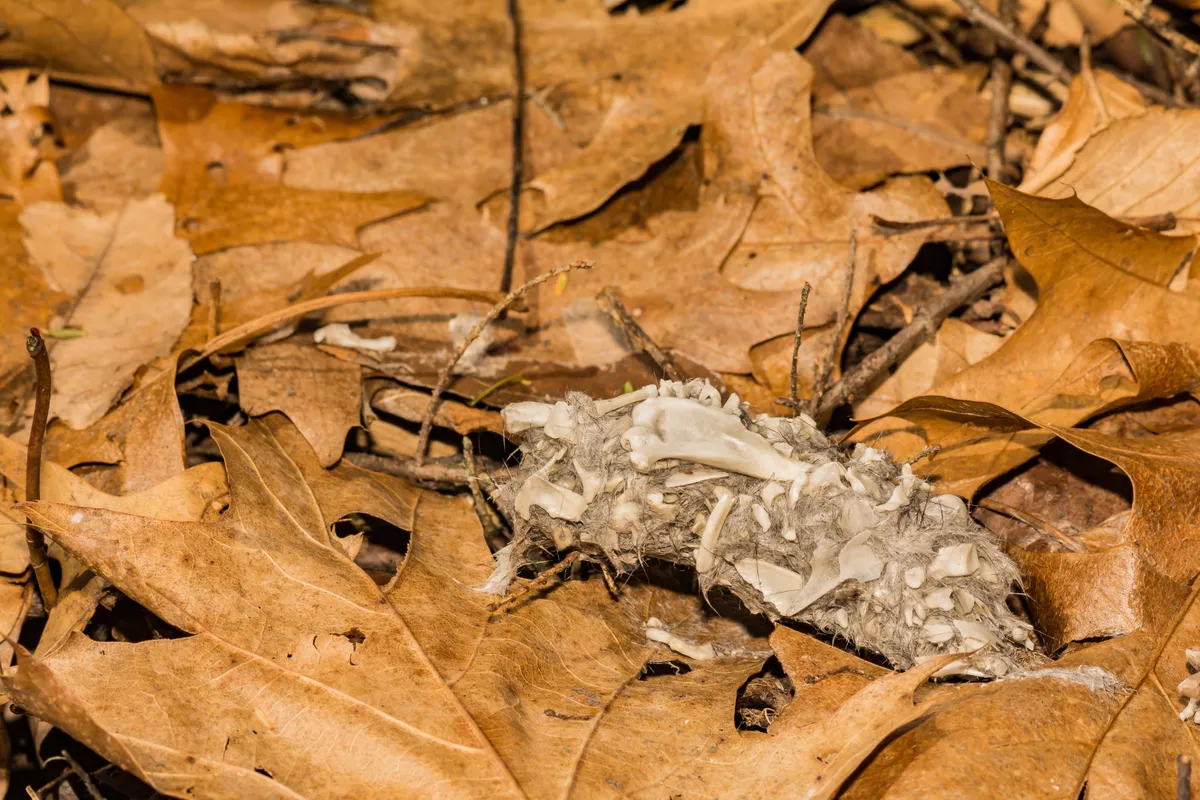
Dropped by barn owls, these are commonly found on the floors of old barns. The birds regurgitate indigestible rodent fur and bone. Soak in water to unravel the pellet’s mysteries.
Nibbled hazelnuts
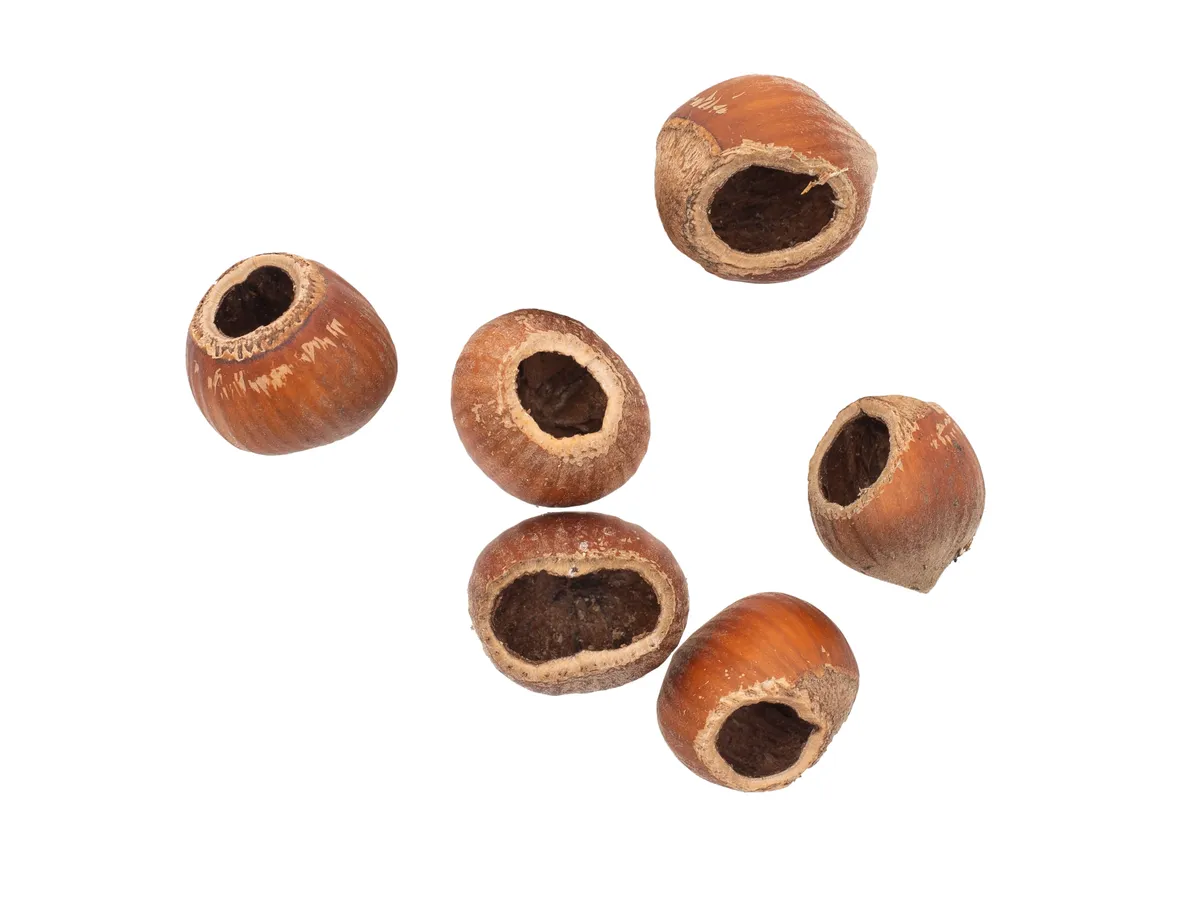
Voles, mice and dormice all nibble holes in hazelnuts. A dormouse’s toothmarks run around the rim of the hole. Mice and voles leave vertical toothmarks in the hole’s rim.
Animal prints
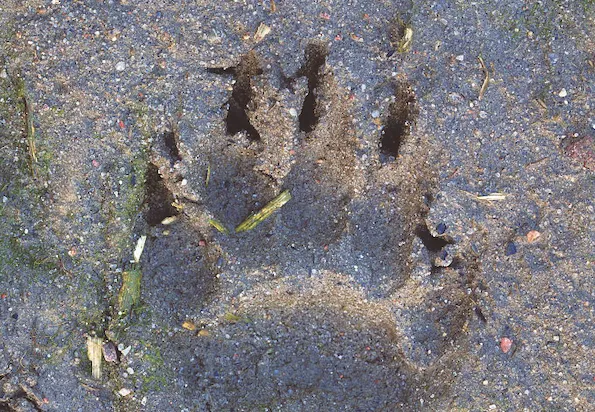
Riverbanks, damp paths and beaches are the perfect canvas for animal hoof, paw and footprints. Learn how to identify animal tracks in the British countryside with our handy wildlife guide.
Fur on the wire
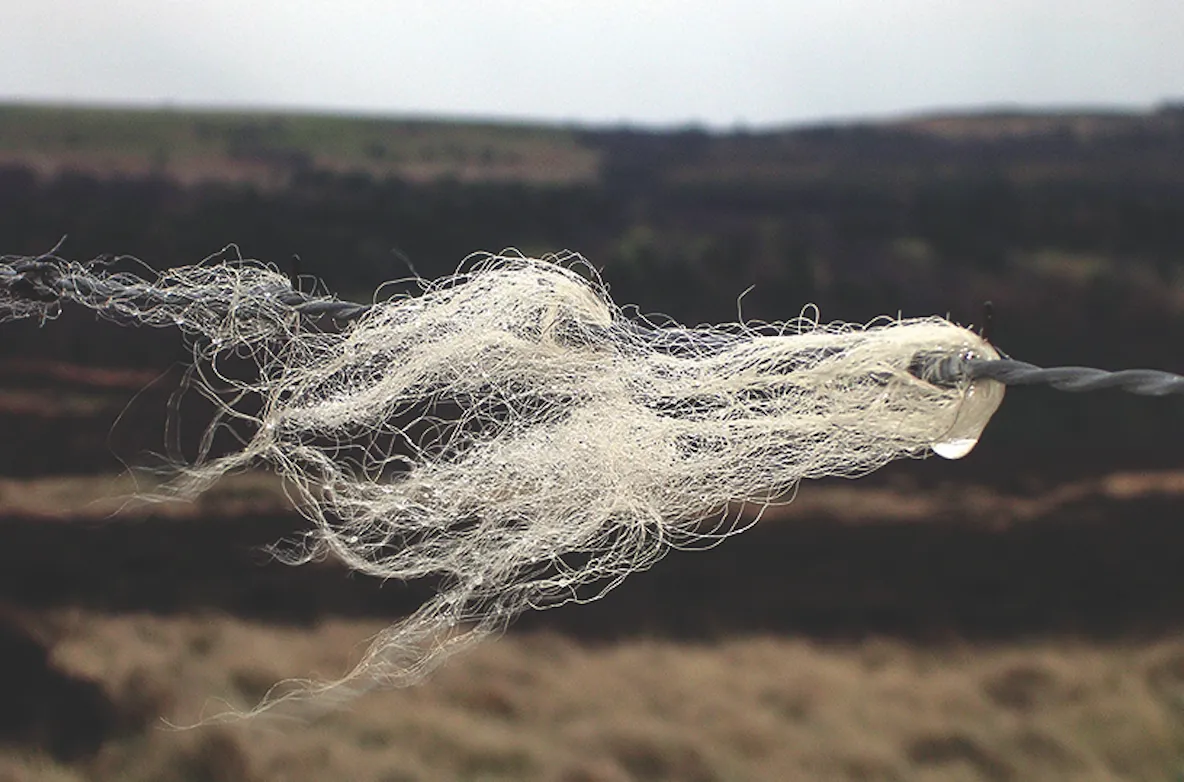
Barbed wire snags the fur or wool of passing animals. You’ll most often see sheep fleece but look out also for the coarse dark hairs of badgers and brown/red hairs of foxes and rabbits.
Molehills
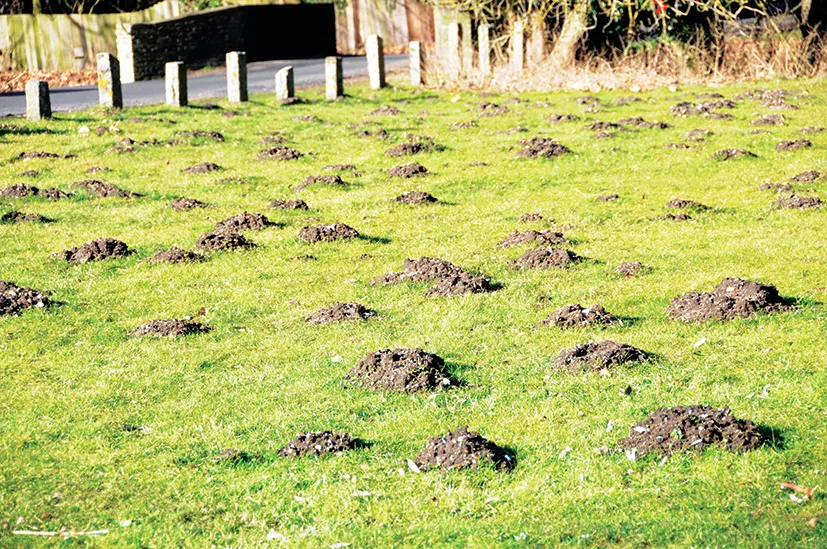
Molehills are easy to spot – they are the waste earth from the mole’s tunnel digging. However, a field of molehills may be the work of a single mole. It can dig 20m of tunnel a day.
Woodpecker nest hole
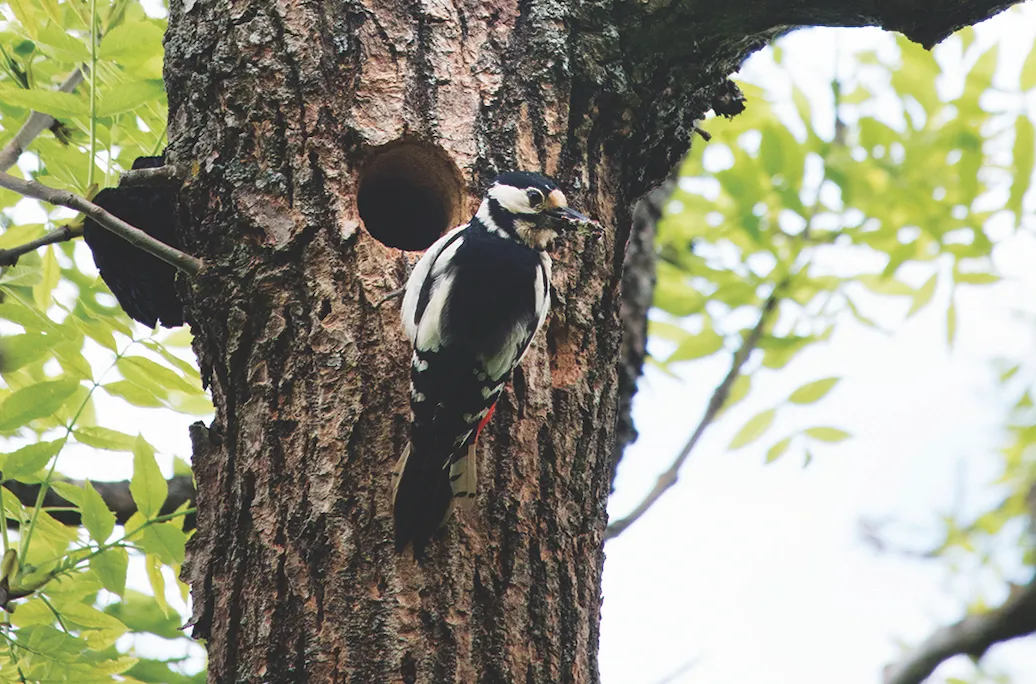
Great-spotted woodpeckers drill their circular nest holes in live or dead trees. Studies have found the holes usually face north-east, especially in dead trees.
Snail anvils
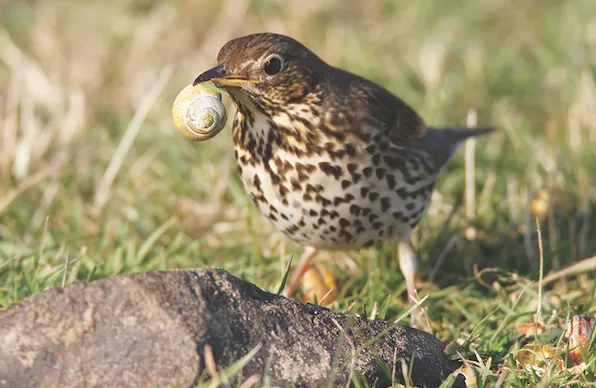
Ever spotted broken snail shells scattered around a large stone? This is a song thrush’s work. The bird uses the stone to smash the hard shell so it can eat the snail’s soft body.
Stripped pine cones
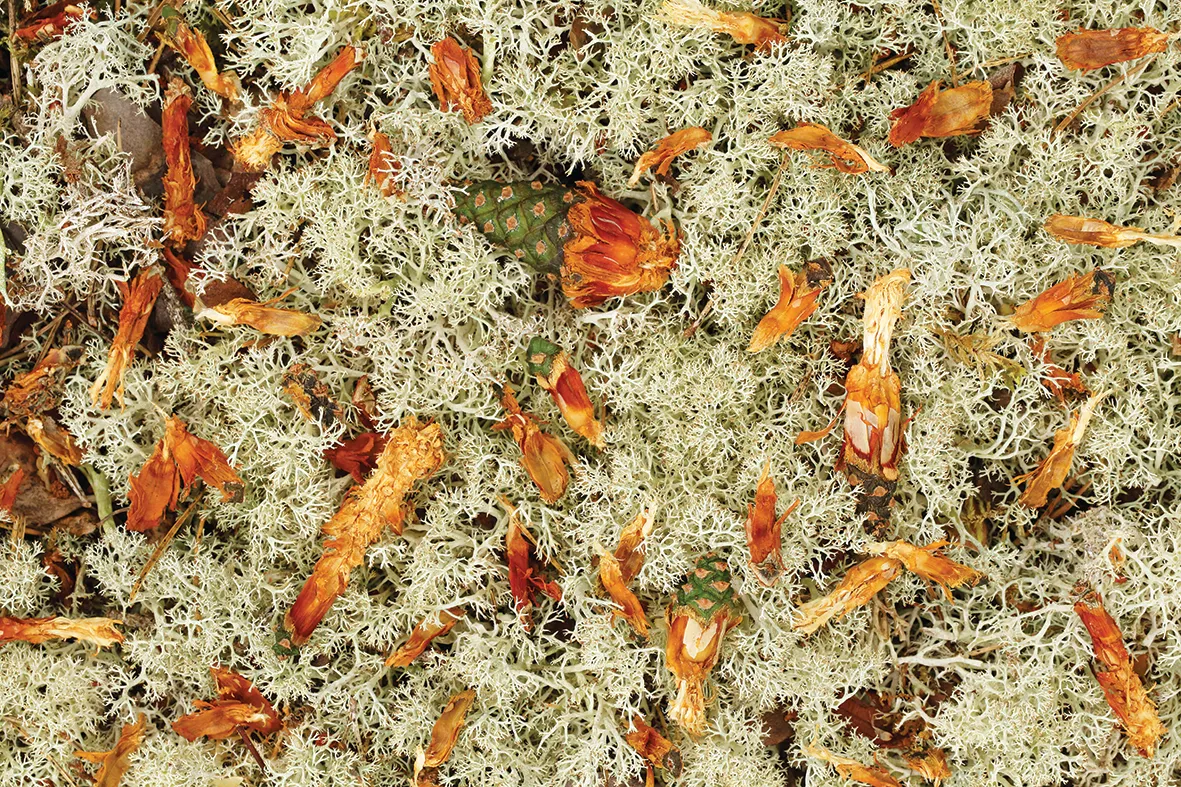
Both red and grey squirrels nibble pine cones to leave a ‘core’. Find out more signs that animals have been feeding here.
Animal pathways
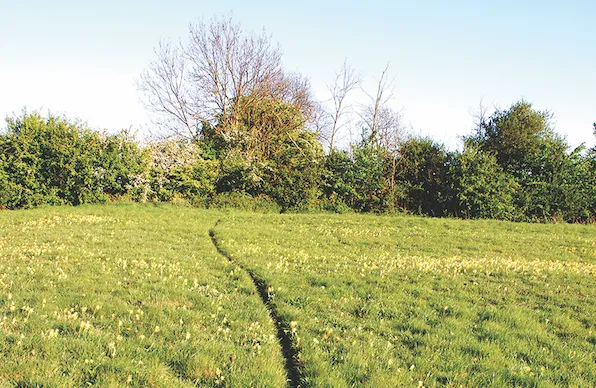
Badger clans have regular foraging paths in their territories, often making a distinctive line across fields, as well as under hedges and barbed wire.
